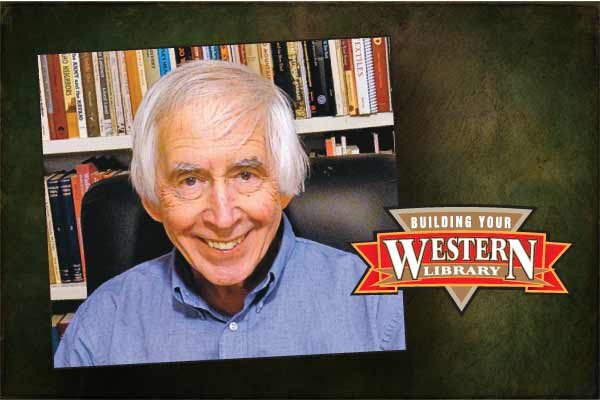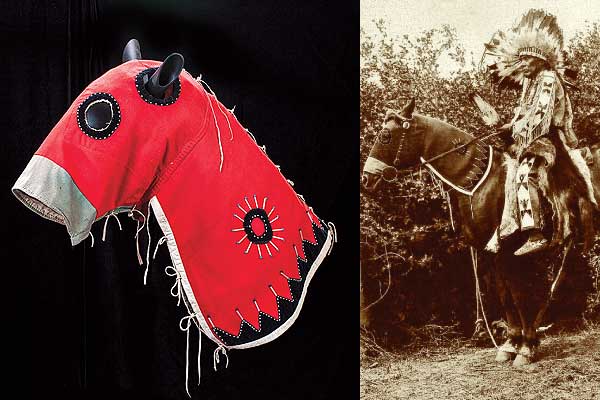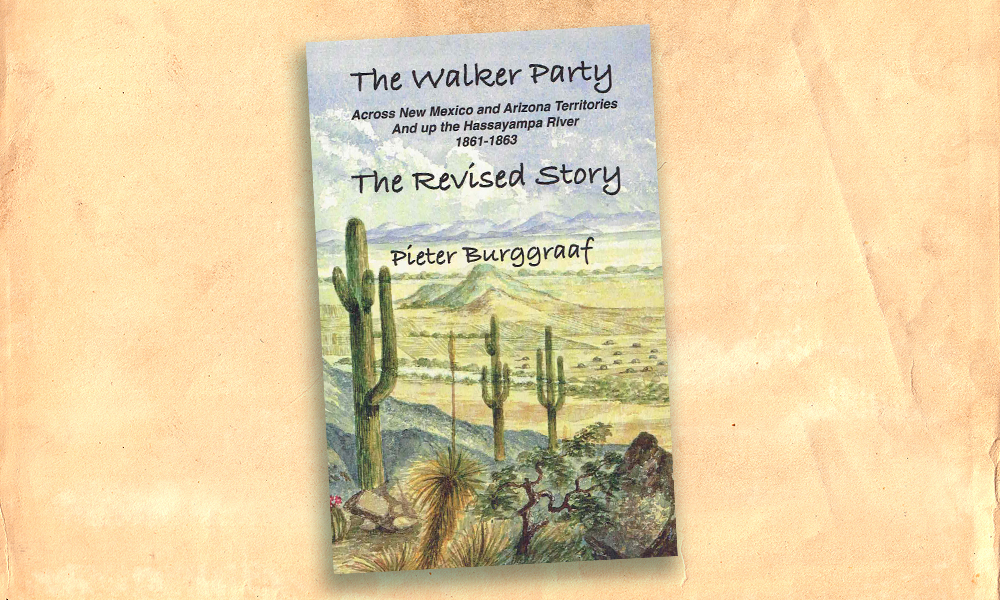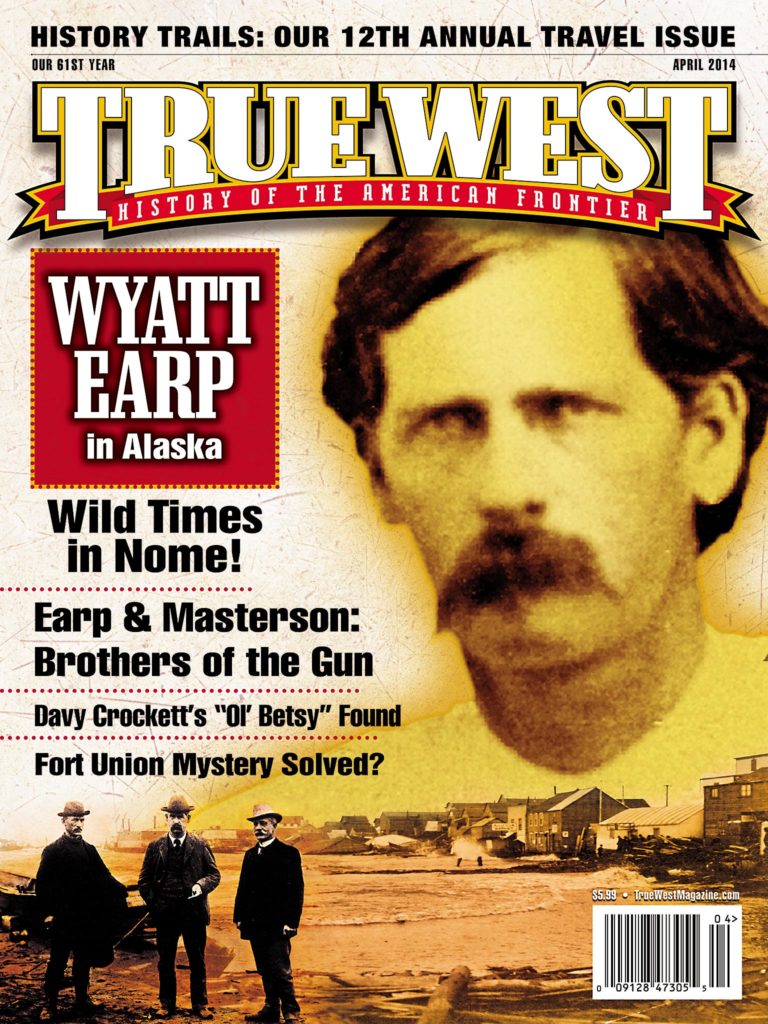 Arizona State University Regents’ Professor of History (Emeritus) Peter Iverson has written for decades about the West. Although officially retired, he continues to mentor current and former students, 50 of whom earned their A.S.U. Ph.D. under his direction.
Arizona State University Regents’ Professor of History (Emeritus) Peter Iverson has written for decades about the West. Although officially retired, he continues to mentor current and former students, 50 of whom earned their A.S.U. Ph.D. under his direction.
Iverson’s grandfather, a principal in Southwestern American Indian schools, shaped his early interest in Navajo history. After Iverson earned his M.A. at the University of Wisconsin-Madison, he had the life-changing opportunity to teach at the newly established Navajo Community College. His three years living and learning in Navajo country inspired him to move away from the contemporary emphasis on loss and victimization and to emphasize the determination and the capacity of American Indians to adapt, to create and, above all, to continue. In 1975, he completed his Ph.D. at Wisconsin-Madison and began his career as a university professor, with Navajo history always at the core of his research and writing.
Iverson’s most recent books include Dine: A History of the Navajos, with photographs by Monty Roessel (University of New Mexico Press, 2002); We Will Secure Our Future: Empowering the Navajo Nation with Peterson Zah (University of Arizona Press, 2012); and the forthcoming, second edition of We Are Still Here: American Indians in the Twentieth Century (Wiley, 2014), written with one of his former students, University of Montana Professor Wade Davies. Iverson also contributed an essay on the 150th anniversary of the Navajo Long Walk to Bosque Redondo (1863-68) and the Navajo Treaty of 1868 to American Indians and the Civil War (National Park Service, 2013).
To gain a better understanding of the significance of the sesquicentennial of Bosque Redondo and the ongoing Navajo story, Iverson recommends these five works:
1. Through White Men’s Eyes: A Contribution to Navajo History: A Chronological Record of the Navajo People from Earliest Times to the Treaty of June 1, 1868, six volumes (J. Lee Correll, ed., Navajo Heritage Center): These books allow readers an opportunity to read the correspondence of James Carleton, Kit Carson and other key figures of the era.
2. Navajo Weaving in the Late Twentieth Century: Kin, Community, and Collectors (Ann Lane Hedlund, University of Arizona Press): An authority on historical and contemporary Navajo weaving, Ann Hedlund offers a thorough and perceptive analysis of how weaving continues to evolve.
3. Under the Eagle: Navajo Code Talker (Samuel Holiday and Robert McPherson, University of Oklahoma Press): Samuel Holiday, one of the Navajo code talkers, presents to historian Robert McPherson a clear and moving sense of what this group confronted in WWII.
4. Navajo Stories of the Long Walk Period (Ruth Roessel, ed., Navajo Community College Press): These stories attest to the trauma that accompanied this period, but also tell us in the words of the people themselves why family and land mattered.
5. Sáanii Dahataal: The Women Are Singing (Luci Tapahonso University of Arizona Press): Navajo poet Luci Tapahonso presents wonderful examples of her extraordinary work, including a memorable passage titled simply “In 1864.”

{jathumbnail off images=”images/stories/Apr-2014/build-your-western-library_peter-riverson-favorite-books.jpg”}






